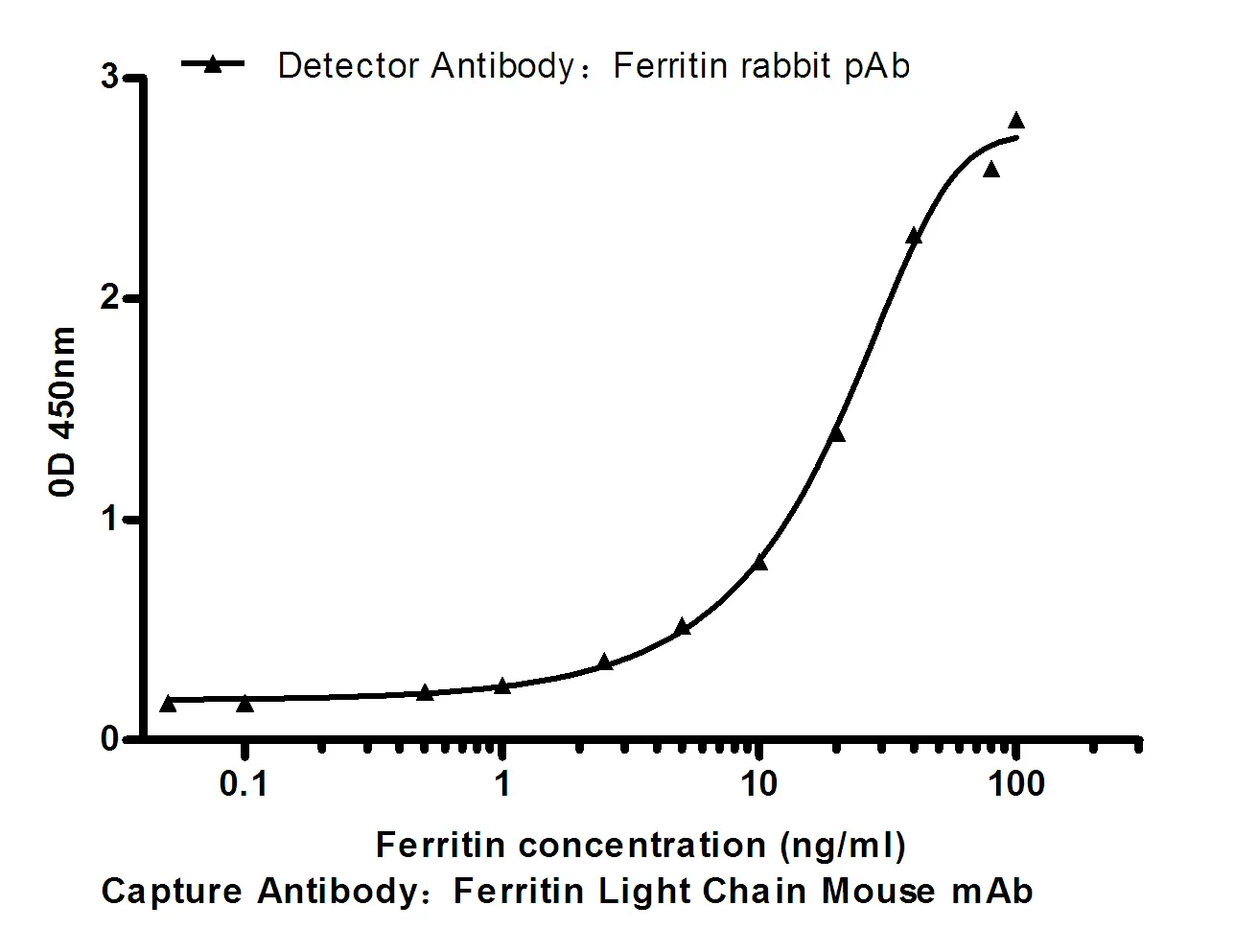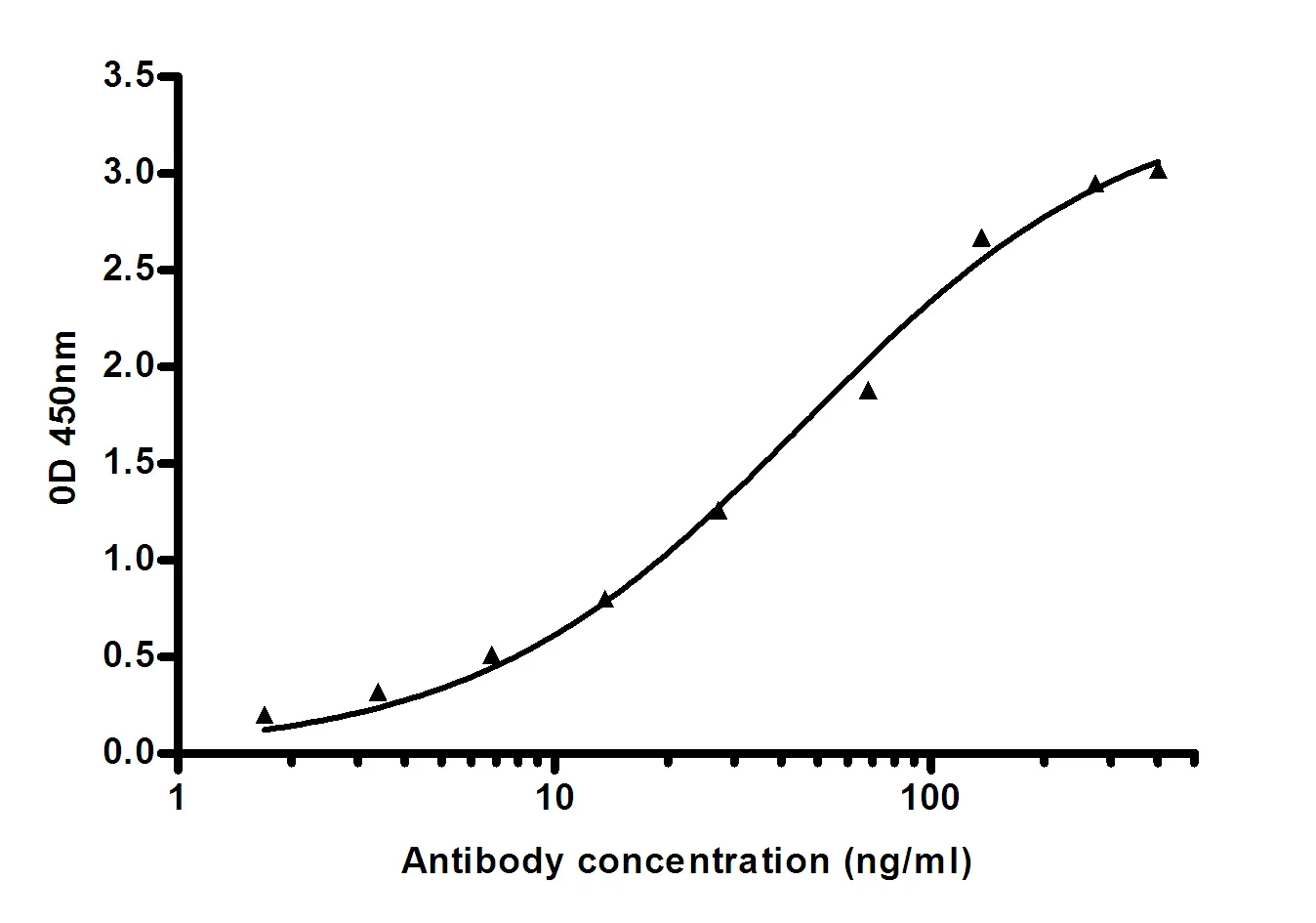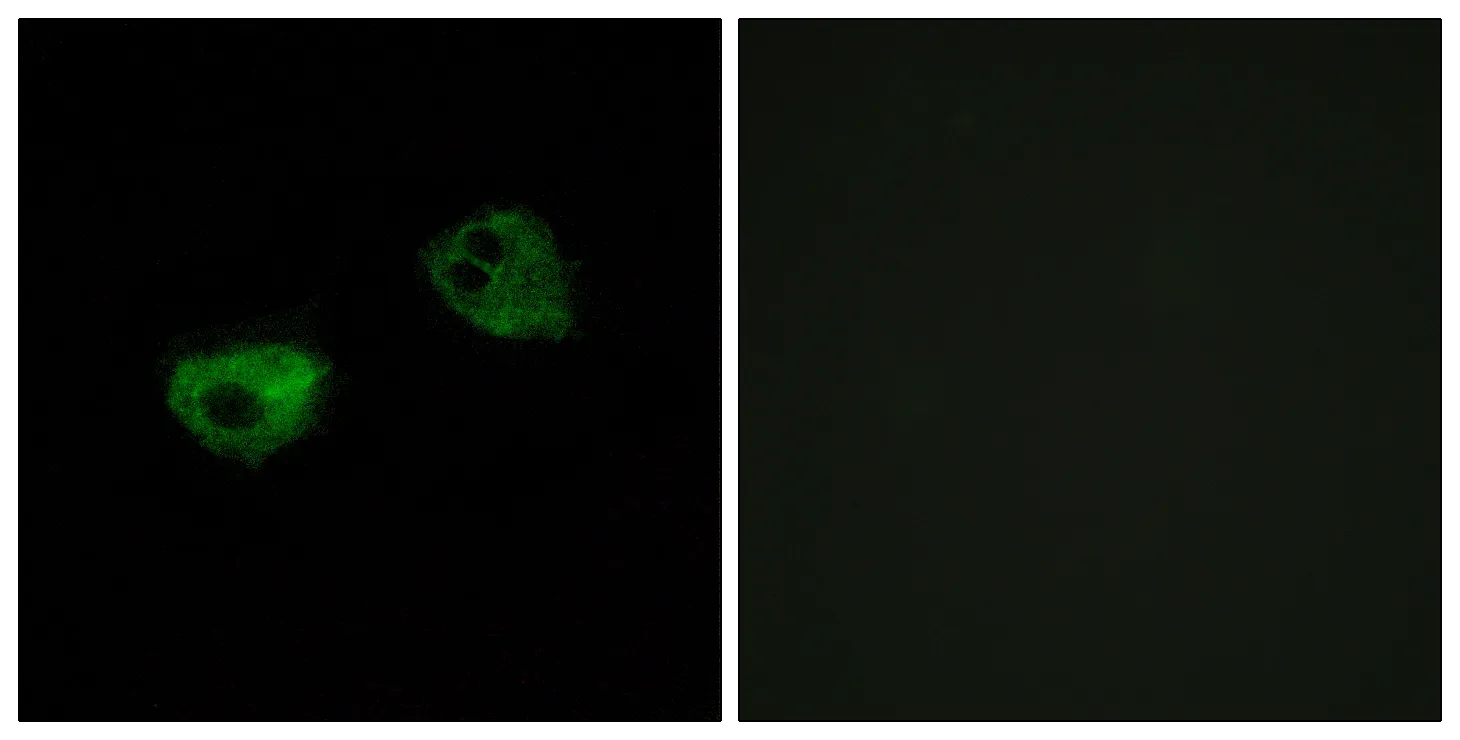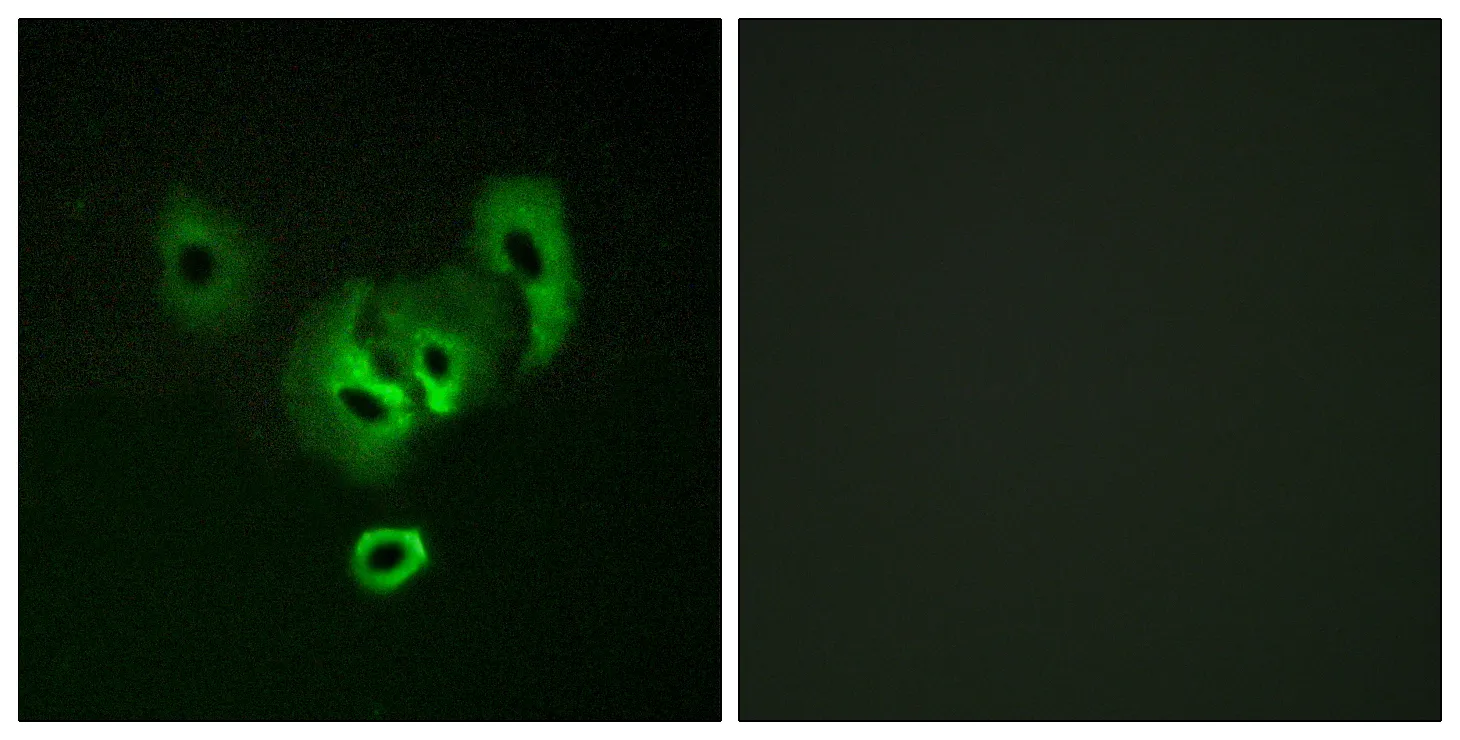Summary
Performance
Immunogen
Application
Background
This gene encodes a cell adhesion protein which is a member of the immunoglobulin superfamily. The encoded protein is involved in cell-to-cell interactions as well as cell-matrix interactions during development and differentiation. The encoded protein has been shown to be involved in development of the nervous system, and for cells involved in the expansion of T cells and dendritic cells which play an important role in immune surveillance. Alternative splicing results in multiple transcript variants. [provided by RefSeq, Jun 2011],function:This protein is a cell adhesion molecule involved in neuron-neuron adhesion, neurite fasciculation, outgrowth of neurites, etc.,online information:N-CAM 140,online information:NCAM entry,similarity:Contains 2 fibronectin type-III domains.,similarity:Contains 5 Ig-like C2-type (immunoglobulin-like) domains.,
Research Area
Cell adhesion molecules (CAMs);Prion diseases;






